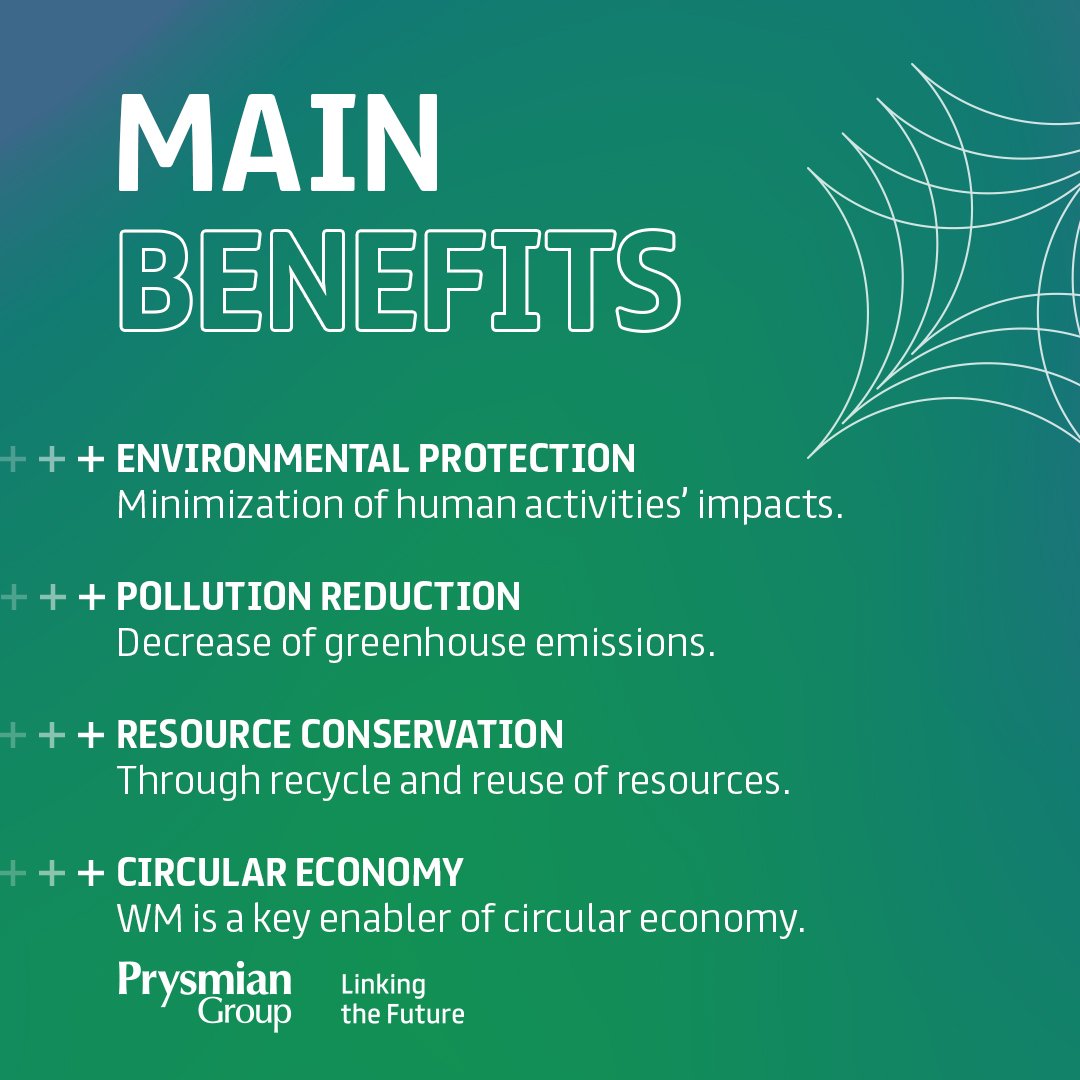Reclaim Waste Things To Know Before You Get This
Table of ContentsThe Definitive Guide to Reclaim WasteThe smart Trick of Reclaim Waste That Nobody is Talking AboutMore About Reclaim WasteReclaim Waste Things To Know Before You Get ThisGetting My Reclaim Waste To Work
Residential sewage waste refers to the waste and items from a residential septic tank. The correct monitoring and disposal of residential sewer waste require liquid waste to be moved to a sewer therapy plant where the proper methods and devices are applied to cleanse and dispose of waste.
Industrial waste commonly includes prospective dangers, such as combustible materials or a mixture of fluid and strong waste products, and calls for a more innovative and thorough disposal process. The disposal of industrial waste normally involves the filtration of waste before transportation to guarantee secure and correct disposal. Hazardous waste is developed from results and overflow of industrial processes and production.
This type of waste can not utilize the very same sewage management transport or processes as septic or business fluids. The hazardous waste administration procedure needs the inspection and screening of fluid waste before it undertakes the disposal process (liquid waste disposal). Drainage waste is the liquid waste that comes from runoff and excess stormwater in highly booming areas or cities
Runoff waste can create contamination and flooding if not dealt with effectively. Making sure proper waste monitoring can prevent calamities and reduce environmental damage.
Little Known Questions About Reclaim Waste.
Call PROS Providers today to discover about our waste administration and disposal solutions and the appropriate ways to care for the liquid waste you create.
(https://www.huntingnet.com/forum/members/reclaimwaste1.html)Do you know what happens to your water when you draw the plug, flush the commode or drain the cleaning machine? No? Well, it's worth understanding. This supposed 'wastewater' is not only a crucial resource but, after treatment, will certainly be launched to our land, rivers or the ocean. Used water from commodes, showers, baths, kitchen sinks, laundries and commercial processes is understood as wastewater.

water used to cool equipment or clean plant and equipment). Stormwater, a type of wastewater, is overflow that streams from agricultural and urban locations such as roofing systems, parks, gardens, roads, courses and gutters right into stormwater drains, after rainfall. Stormwater streams untreated directly to regional creeks or rivers, eventually reaching the sea.
Our Reclaim Waste Ideas
In Queensland, a lot of wastewater is treated at sewer treatment plants. Wastewater is transported from domestic or industrial websites via a system of drains and pump stations, referred to as sewerage reticulation, to a sewage therapy plant. City governments construct, keep and run most sewage therapy plants. Operators are licensed under the Environmental Management Act 1994 to discharge cured wastewater at an appropriate ecological requirement into rivers.
The Department of Natural Resources suggests city governments concerning managing, operating and keeping sewage systems and treatment plants. In unsewered areas, local federal governments may need owners to install private or house sewer treatment systems to treat domestic wastewater from bathrooms, cooking areas, washrooms and washings. The Department of Natural Resources authorises using home systems when they are confirmed to be reliable.
In some new class, treatment of some stormwater to remove litter, sand and gravel has started utilizing gross contaminant catches. Wastewater therapy happens in four stages: Gets rid of solid matter.
Utilizes small living microorganisms knows as micro-organisms to break down and remove continuing to be dissolved wastes and great particles. Micro-organisms and wastes are incorporated in the sludge.
8 Simple Techniques For Reclaim Waste
Nutrient elimination is not offered at all sewage therapy plants due to the fact that it needs expensive specialized tools. It is ending up being a lot more typical in Queensland. Clear liquid effluent generated after therapy might still include disease-causing micro-organisms. If this effluent content is launched right into rivers such as rivers or the sea, the micro-organisms will ultimately pass away out.

A lot of wastewater flows right into the sewerage system. Under the Act, neighborhood governments administer approvals and licences for environmentally appropriate tasks (Ages) entailing wastewater launches that could have a local impact.
The 25-Second Trick For Reclaim Waste
Tracking provides accurate details regarding water top quality and can validate that permit conditions are being met. The details gotten with monitoring gives the basis for making water top quality decisions.